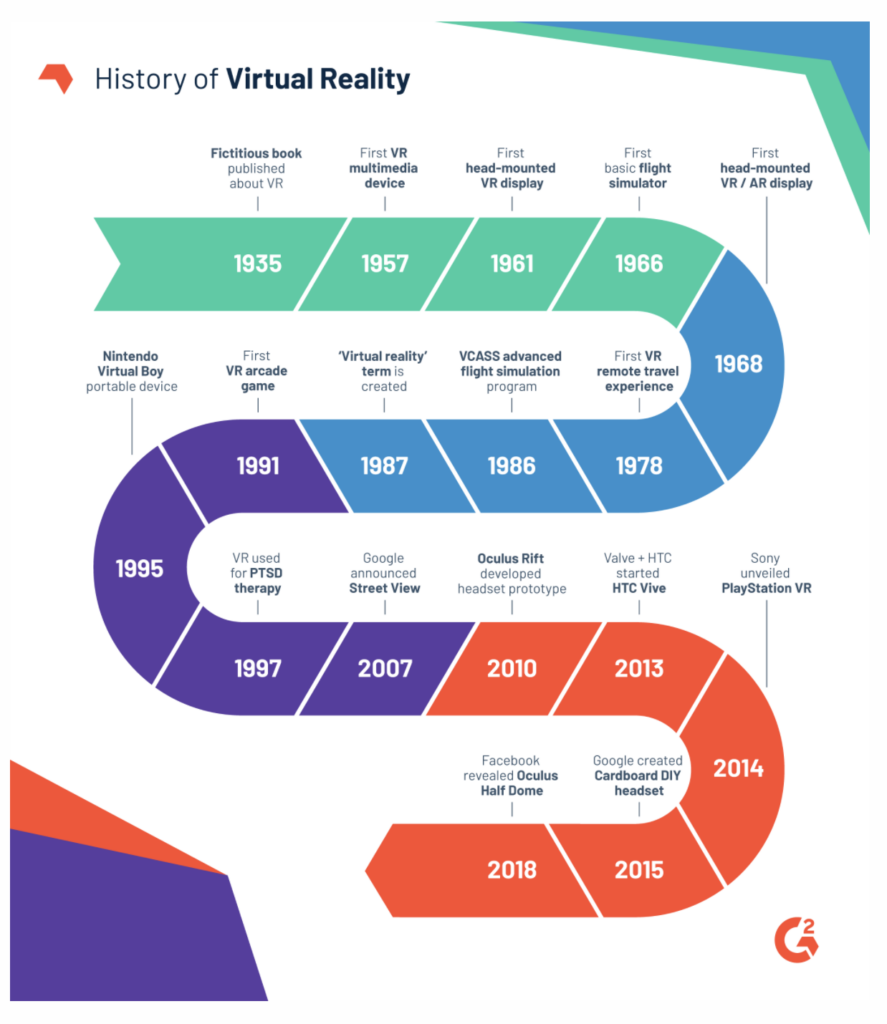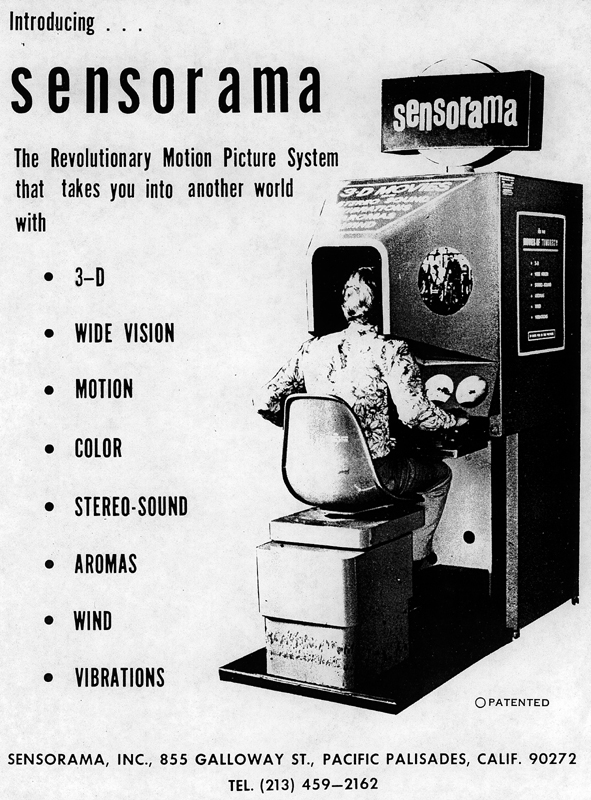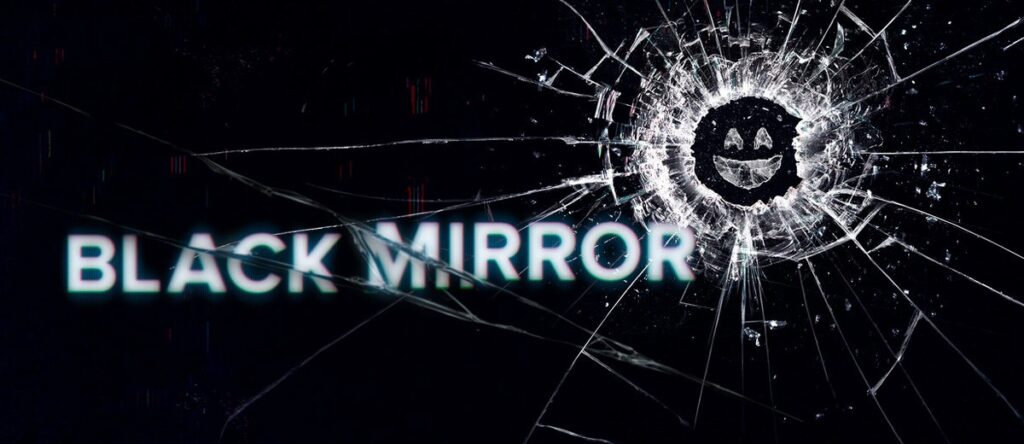
VR has long past behind it already– without even being a mainstream household staple today.
Early VR
What is said to be the first VR machine or experience ever developed truly depends on how you define VR. “Virtual Reality” as a term was not coined until the 80s, and even though we have a designated first VR machine developed in the 50s (more on this soon) there were many iterations of altering or creating simulated experiences much before that. In the 1800s, panoramic paintings were considered early attempts at creating different realities. Of course, none of us think of panoramic art as VR, but what is considered a different reality is contingent on the time period and individual perspective. That is why the history of VR may be difficult to research and understand.
Other early forms of VR included the stereoscope, which was created in 1838. It was a pair of goggles that used mirrors and pictures to create three dimensional seeming objects, but was really just an optical illusion. The first flight simulator, created by Edward Link in 1929, used electromechanical technology to simulate the experience a pilot would have. That was as close to virtual reality as humanity came to at that point.

Sensorama
Things get more interesting as the 20th century advances. The designated first VR machine was called “Sensorama”. It was created in 1957 by cinematographer named Morton Heilig, who took inspiration from the first fiction book about VR, called Pygmalion’s Spectacles, a 1935 tale in which the protagonist could put on goggles and be transported into a movie, the senses of smell and touch included. Heilig’s machine was an arcade style frame with a chair and slot for your head. It included sights, sounds, wind, vibration, and other immersive qualities to truly set this apart from what had ever been created.
Heilig further his ideas by 1960, as he patented the Telesphere mask, which provided a similar experience to the Sensorama except in a goggle format.

60s — now
In 1965 Ivan Sutherland created a comparable VR experience to what we are used to today. It was called the Ultimate Display, and it included tactile feedback, the ability to interact with objects in the virtual space. Sutherland said “The ultimate display would, of course, be a room within which the computer can control the existence of matter. A chair displayed in such a room would be good enough to sit in. Handcuffs displayed in such a room would be confining, and a bullet displayed in such a room would be fatal. With appropriate programming such a display could literally be the Wonderland into which Alice walked.”.
“The ultimate display would, of course, be a room within which the computer can control the existence of matter. A chair displayed in such a room would be good enough to sit in. Handcuffs displayed in such a room would be confining, and a bullet displayed in such a room would be fatal. With appropriate programming such a display could literally be the Wonderland into which Alice walked.”
Like any other tech, VR kept advancing with the times and becoming stronger and more sophisticated. My first VR blog post was on the Facebook Oculus, which is now the market standard for VR, but my point in detailing the history of VR is that it has a longer one then we might expect. Before I began my research or interest in VR, I thought of it as this fancy unattainable thing. Not only is it affordable and doable, but it has upwards of 80 years of history in its making.
Sources
